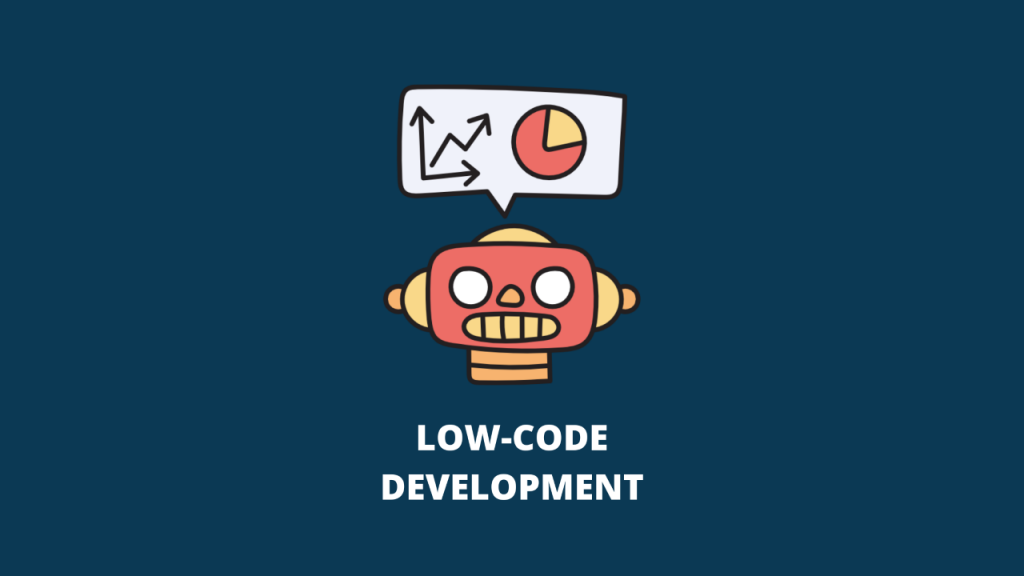
Amidst a scarcity of tech talent, low-code software emerge as lifelines for businesses seeking tailor-made tech solutions without hefty in-house development teams. These platforms, sporting intuitive interfaces and “drag-and-drop” features, empower not just development teams but also “citizen developers” across departments to create and customize systems, revolutionizing workflows.
As companies increasingly embrace low-code/no-code solutions, understanding their capabilities and limitations becomes crucial. Here are ten key considerations for business leaders eyeing integration into their operations.
Important Points to Think About When Considering Low-Code Software Development
- Prioritize Cybersecurity: In integrating low-code solutions, involve the cybersecurity team upfront to mitigate supply chain cyber risks effectively.
- Start Small with Automation: Amid talent shortages, low-code platforms like DEW Studio offer a simple yet effective way to initiate automation, combining human and machine intelligence seamlessly.
- Evaluate Compatibility and Scalability: Choosing a platform that aligns with business growth and allows seamless scalability is crucial for long-term success.
- Assess Business Value and ROI: Select solutions that amplify organizational skills while providing high business value, potentially reducing operational costs and boosting productivity.
- Complexity Management with Growth: As organizations expand, complexity in low-code systems can grow exponentially, requiring comprehensive project management strategies.
- Ensure Compatibility with Core Applications: Verify that low-code tools integrate harmoniously with core business applications to drive digital capabilities effectively.
- Aim for Scalability and Cross-Functional Integration: Seek low-code platforms facilitating complex integrations across teams while promoting scalability and governance.
- Stay Updated with New Developments: Regularly update systems to leverage the latest functionalities within the low-code/no-code software suite, ensuring relevance and efficiency.
- Minimize Technical Debt: In low-code environments, focus on modular solutions and efficient code practices to prevent technical debt accumulation, ensuring long-term viability.
- Consider Current and Future Needs: Assess available options in the market to select low-code/no-code software that aligns with both current requirements and future business needs.
Elevate Your Business with DEW Studio Low-Code Platform Today!
Adopting low-code software is a strategic decision, and DEW Studio stands ready to revolutionize your business operations. Don’t miss the opportunity – experience the power of DEW Studio’s low-code platform today.



